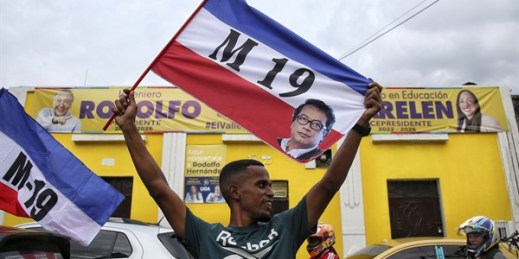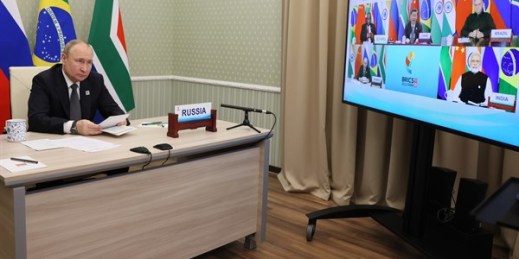
In the second round of Colombia’s election last month, voters faced a choice between Gustavo Petro, a far-left former guerrilla, and Rodolfo Hernandez, a candidate regularly described as a “right-wing populist.” Many citizens who define themselves as centrist and wanted to vote for a moderate candidate found themselves struggling to decide which of these extremes was worse. Second-round polarization has become a common theme in Latin American presidential elections. In the past year, presidential candidates from ideological extremes in Chile, Peru and Colombia made it to second-round votes, while more traditional and centrist candidates missed the cut by large margins. […]

